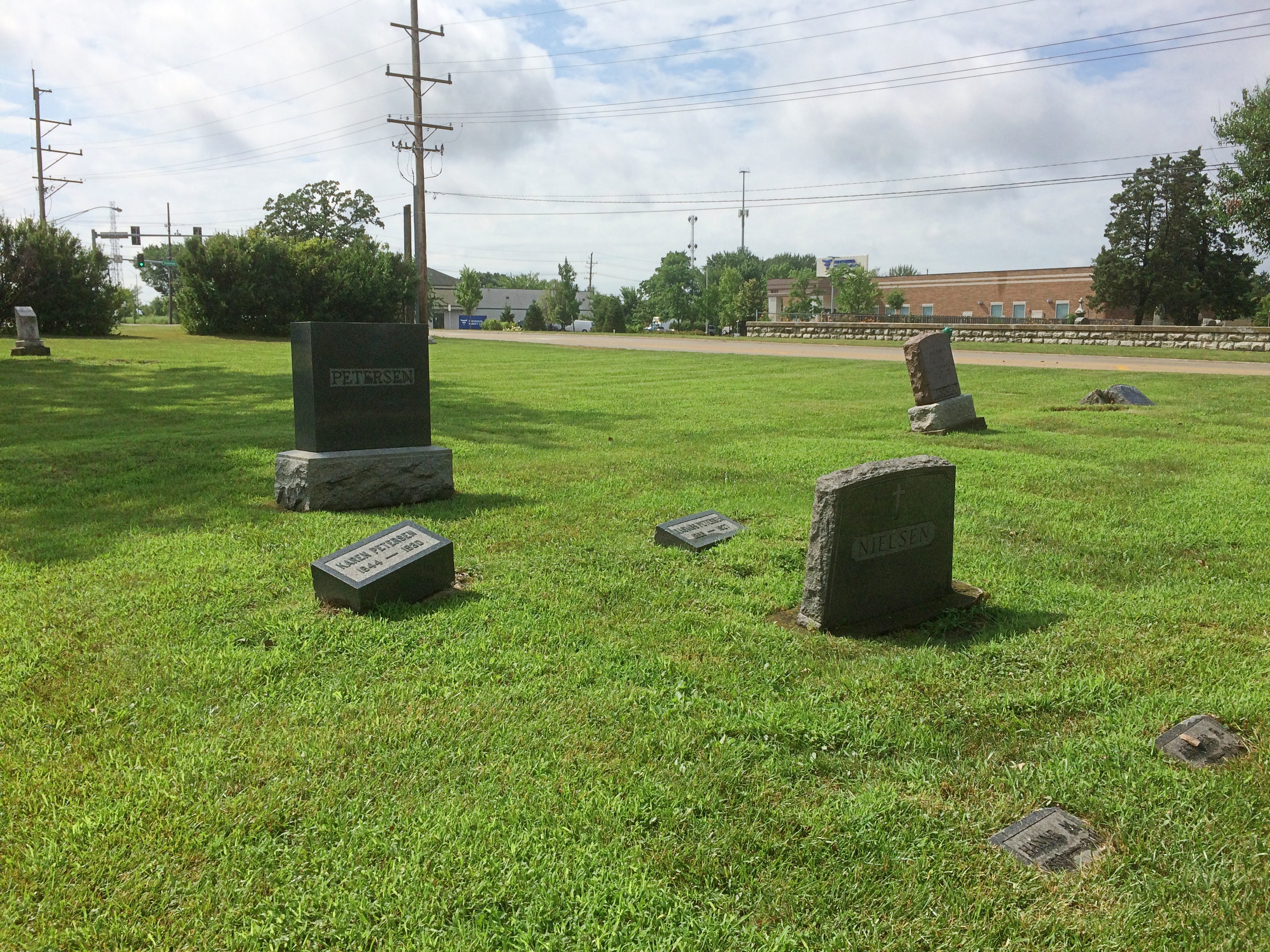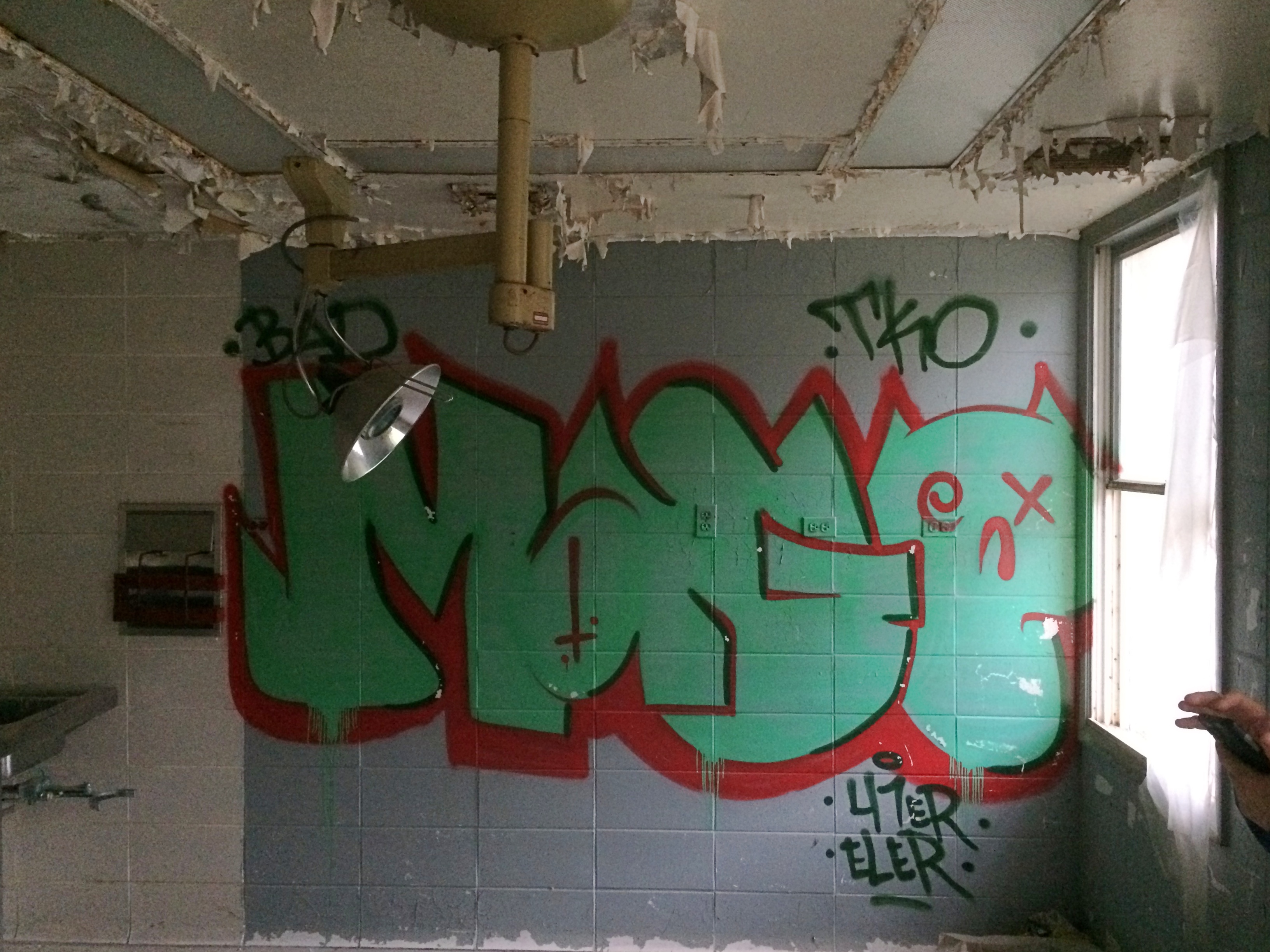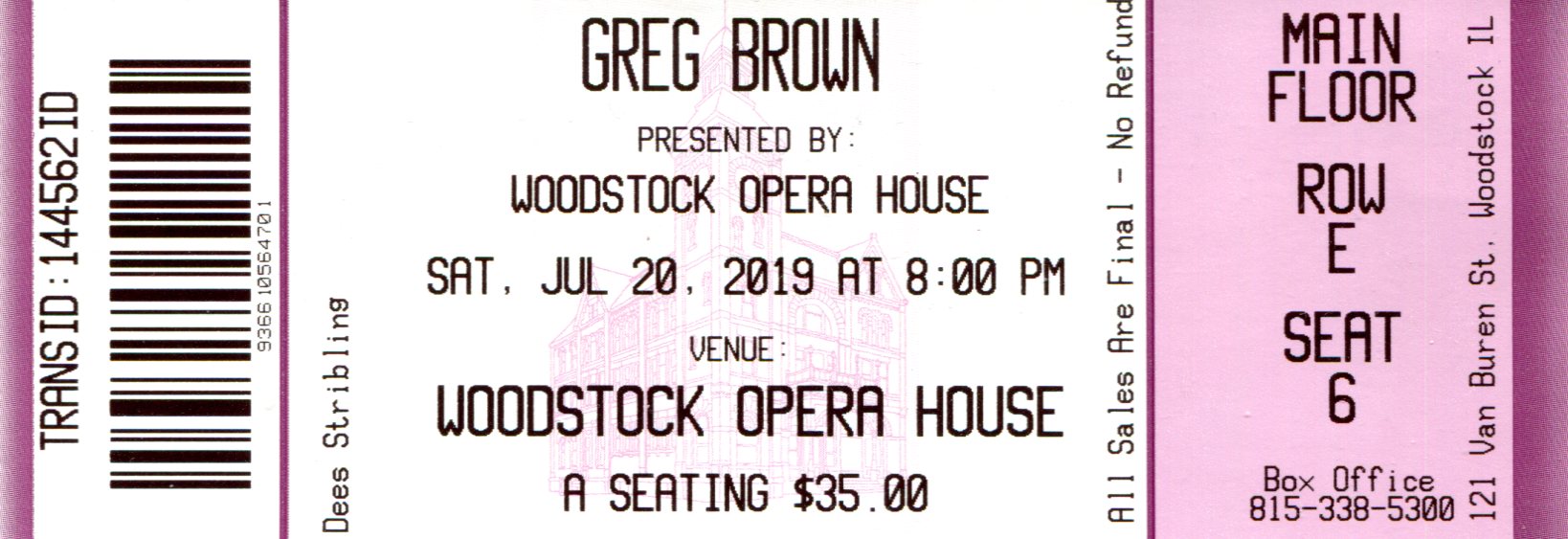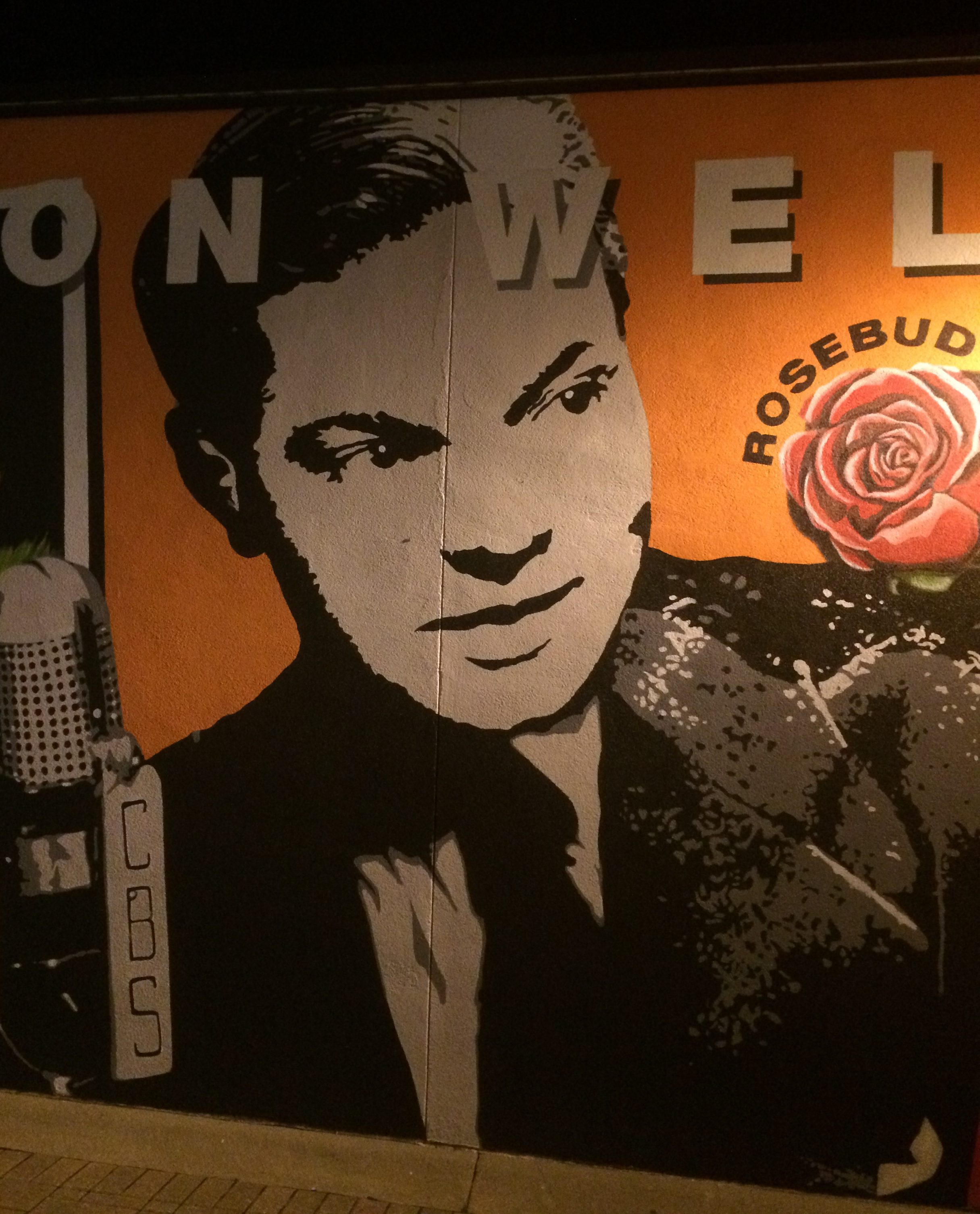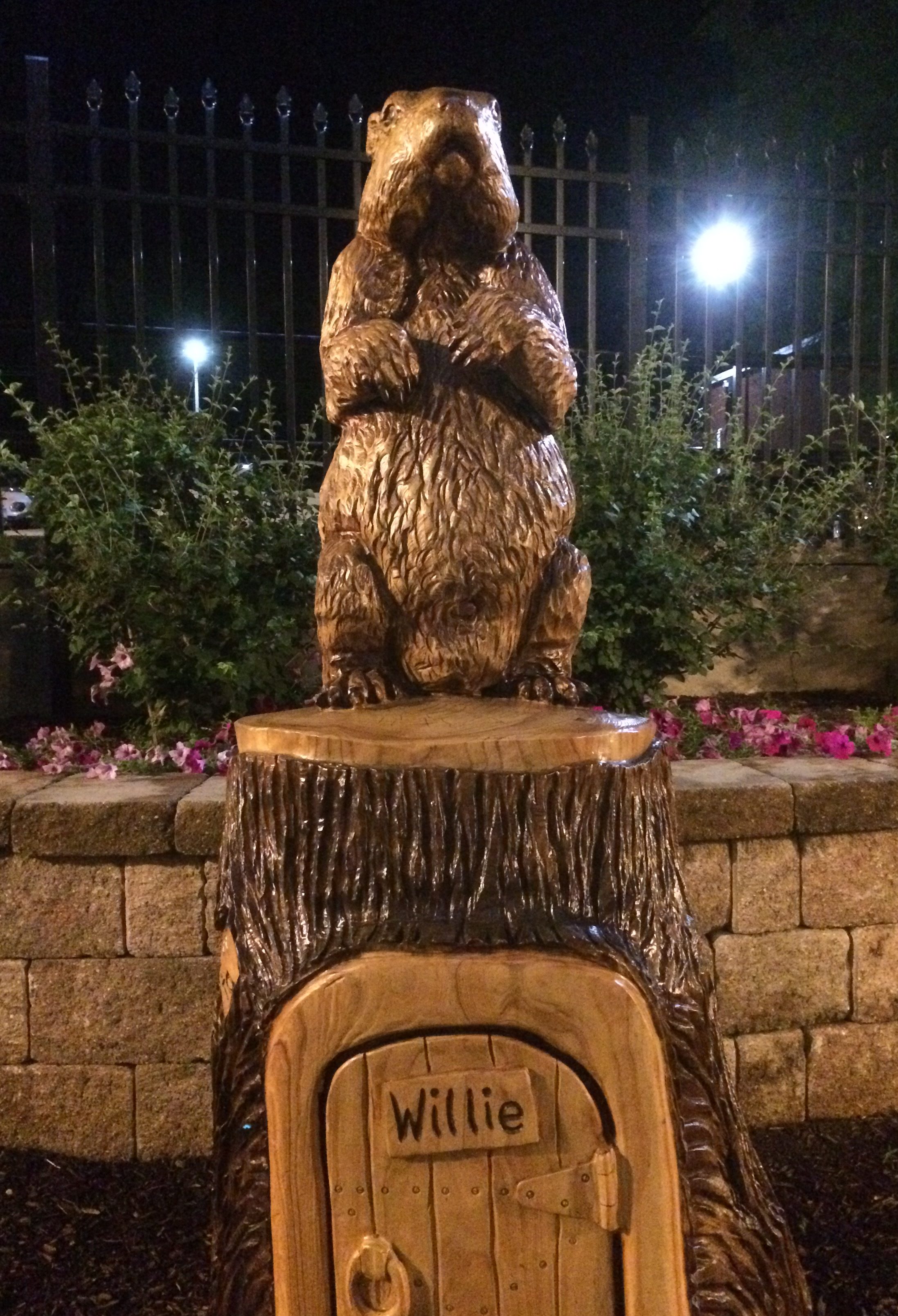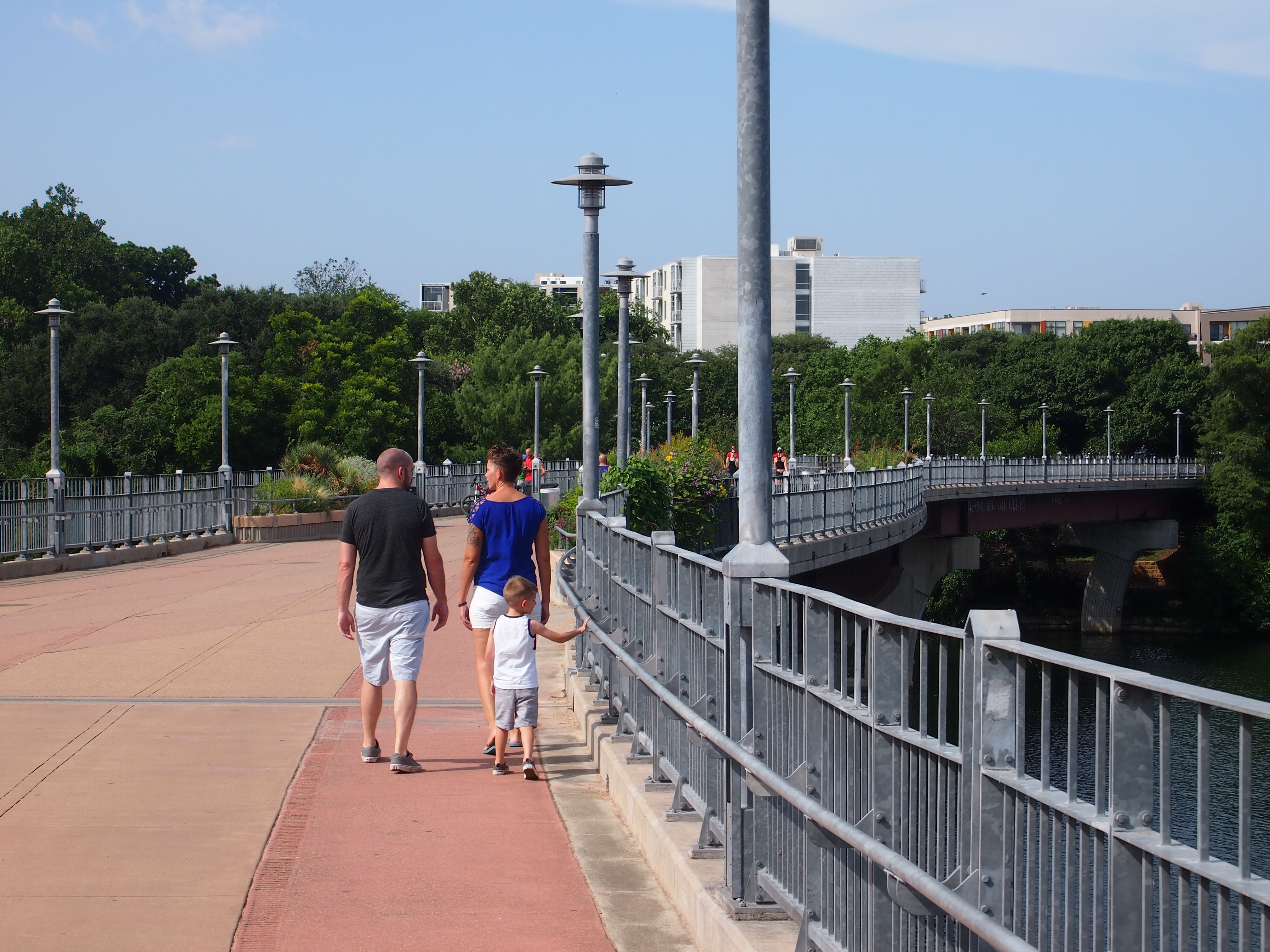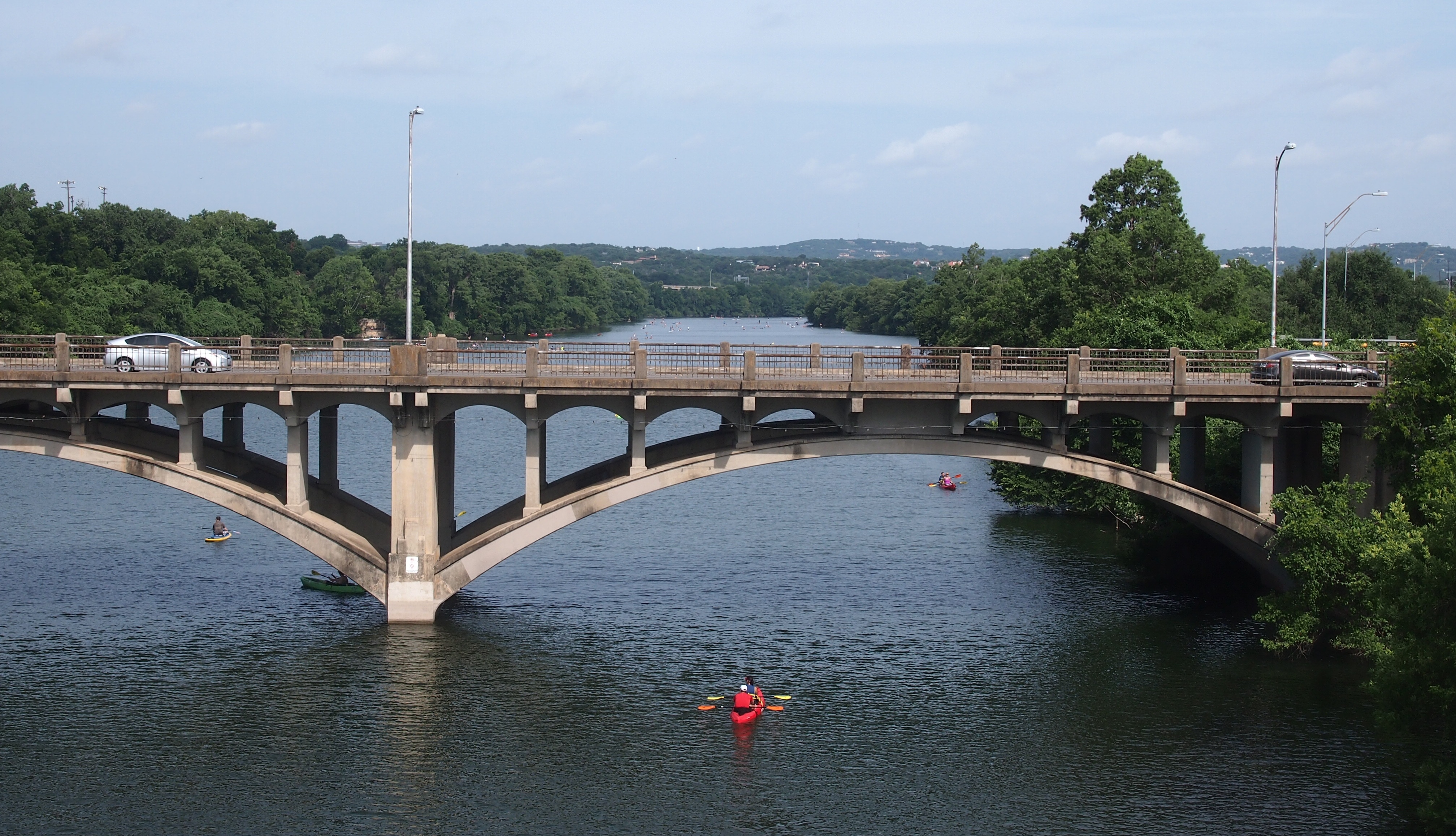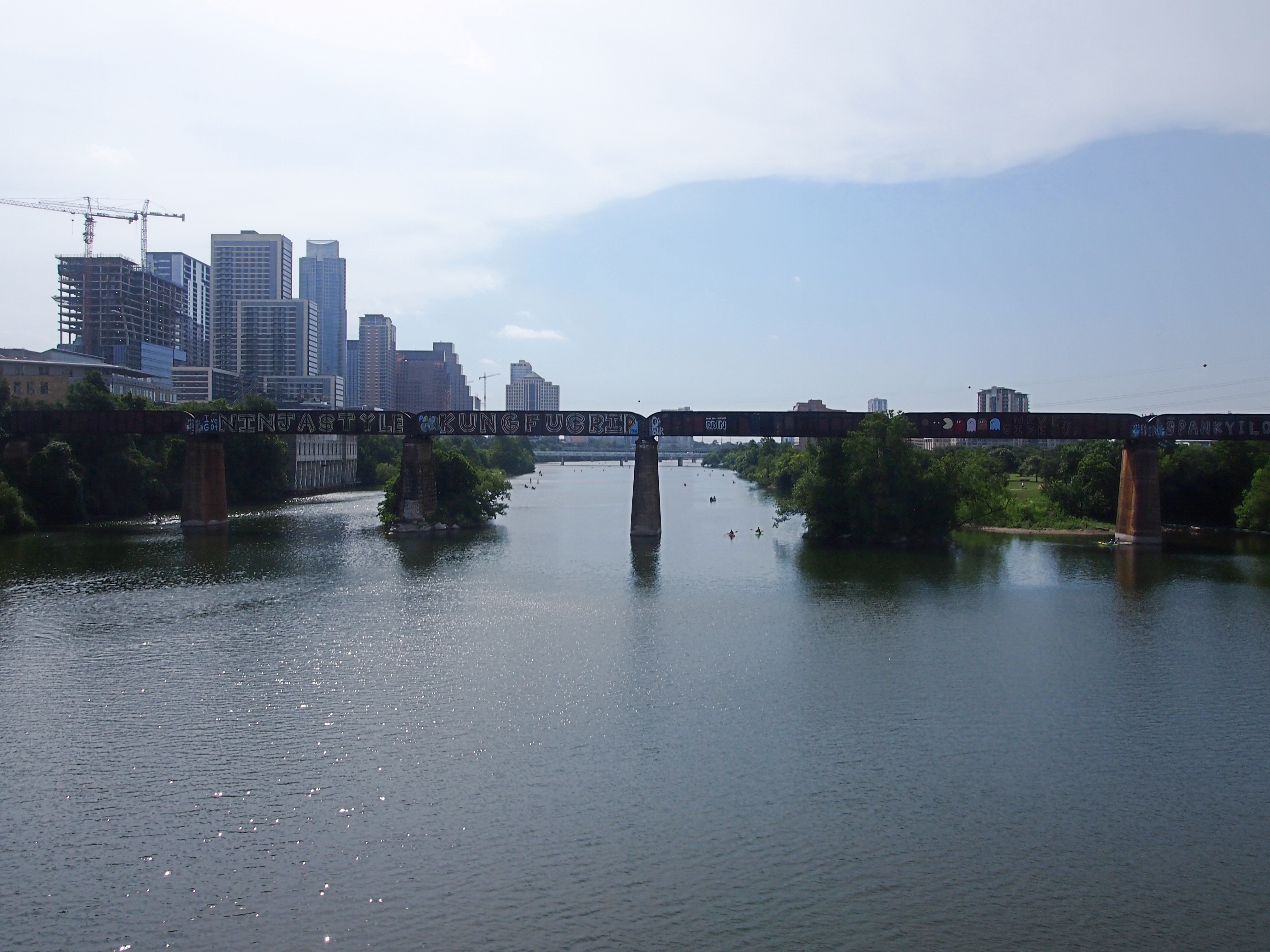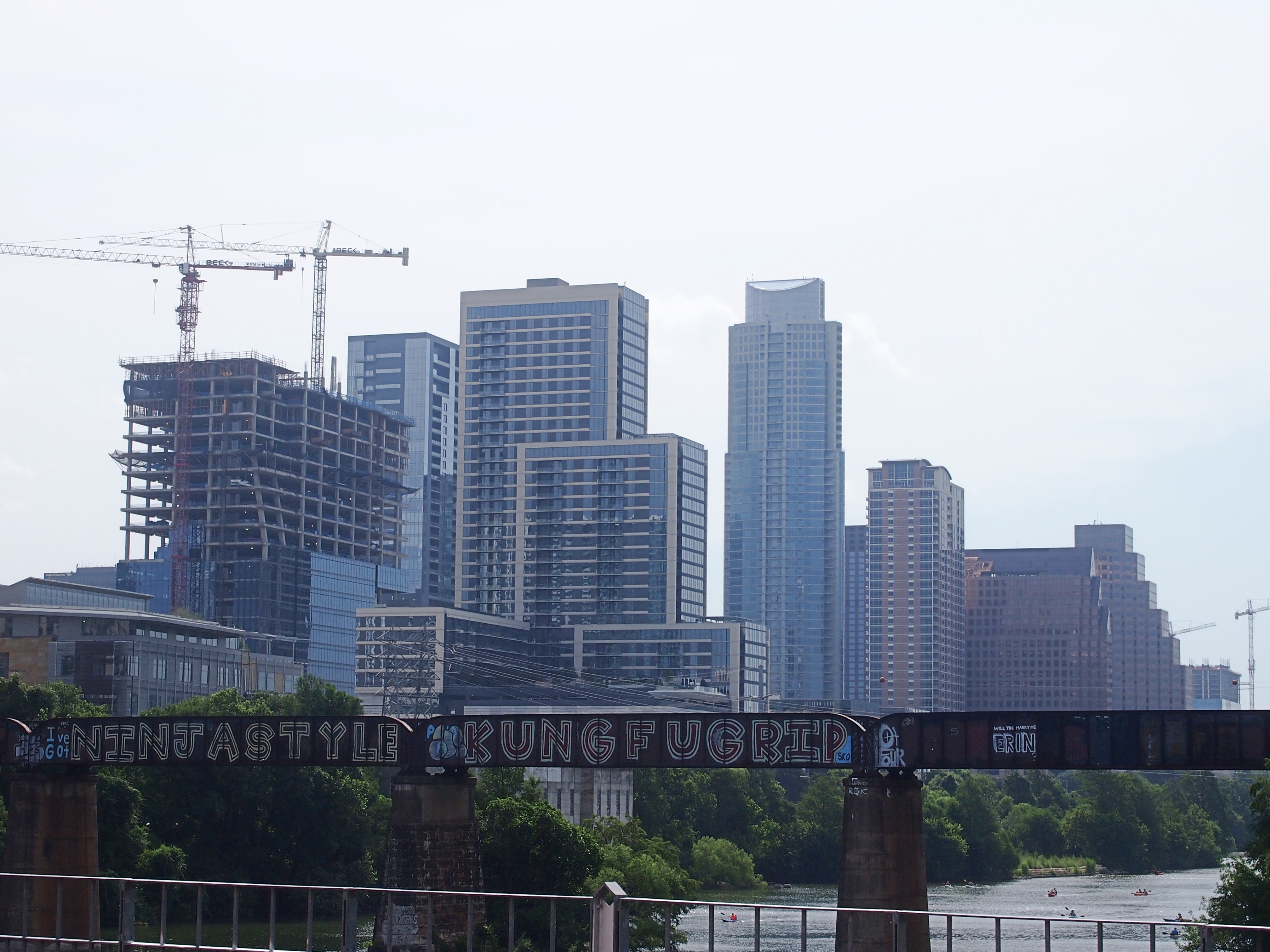The street that follows the edge of Mt. Washington in Pittsburgh is the aptly named Grandview Ave., featuring some truly grand views overlooking downtown and the three rivers. There are some multifamily properties and office buildings on the road that take advantage of the vista. But not that many. Am I missing something about the Pittsburgh market? Why, for instance, is this building in such a prime spot?
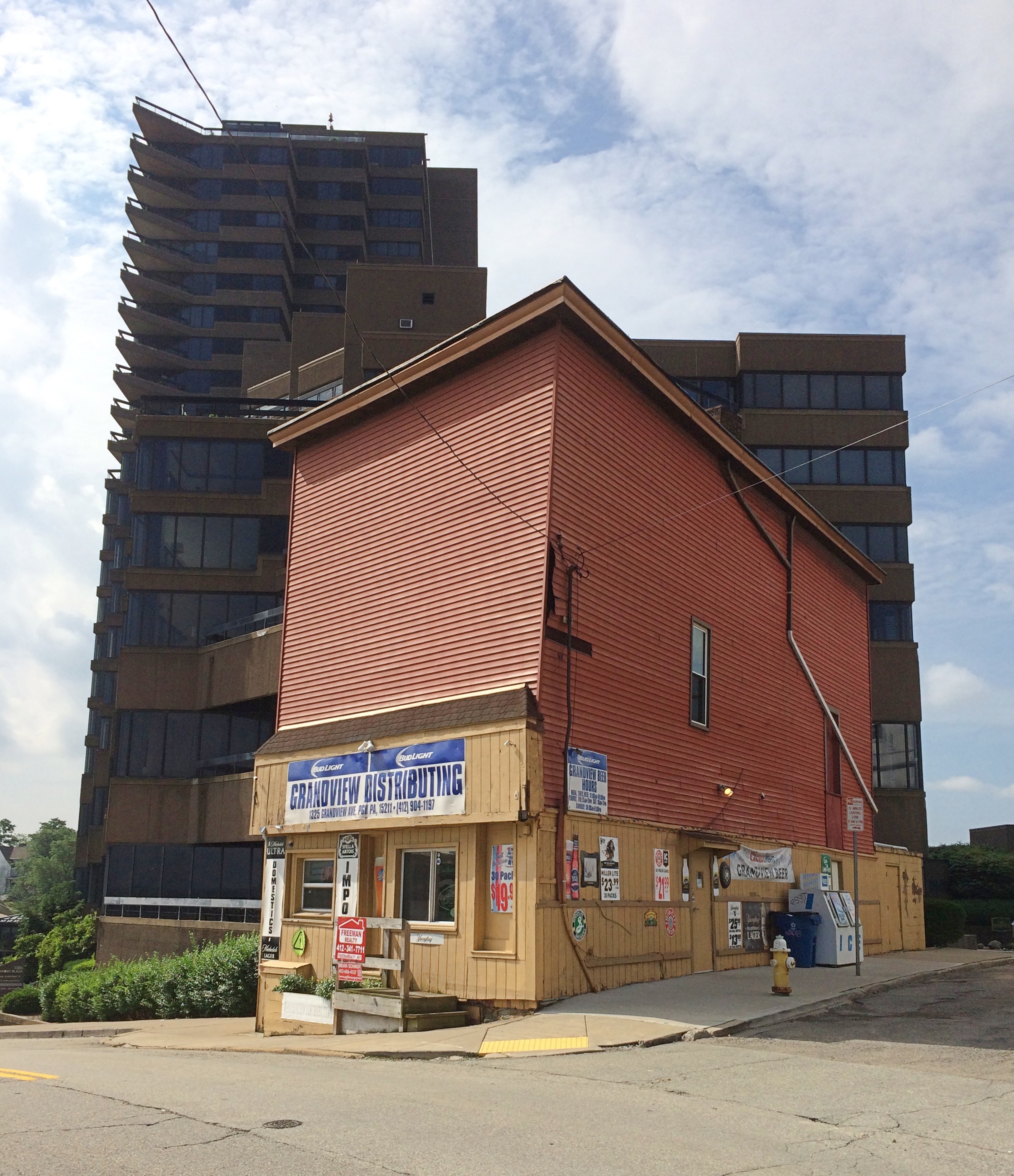
Maybe the lot’s too narrow for an apartment tower — like the one behind it — but what about a large house? I’d imagine that would command a handsome price.
The March 1936 flood in Pittsburgh was a bad one. How do I know this, beyond it being in the historical record? In downtown Pittsburgh, I encountered this wall. Note the plaque way up there.

“Nearly two inches of rain fell on March 16, which added to the 63 inches of snow that came throughout the winter,” the Heinz History Center says. “Warm temperatures melted the snow, swelling creek beds along the upper Allegheny and Monongahela Rivers.
“On St. Patrick’s Day, the rising rivers reached the North Side and washed into the streets of Downtown, wiping out historic businesses within hours. River levels reached a peak of 46 feet at the Point, more than 20 feet over flood stage, leaving more than half of Downtown businesses under water.”
In front of the Andy Warhol Museum is this street sign.
 Not sure whether the museum had anything to do with that, but it’s a nice sentiment anyway.
Not sure whether the museum had anything to do with that, but it’s a nice sentiment anyway.
PNC Park was on the way to the Warhol. July 5 was a game day.
 The Pirates played the Brewers that day, losing 7-6 in 10 innings. But that was still in the future when we wandered by. If you look closely, you can see a statue of J.P. “Honus” Wagner, beloved Pirate of yore, just in front of the main entrance.
The Pirates played the Brewers that day, losing 7-6 in 10 innings. But that was still in the future when we wandered by. If you look closely, you can see a statue of J.P. “Honus” Wagner, beloved Pirate of yore, just in front of the main entrance.
On Independence Day weekend, Pittsburgh is always host to Anthrocon, a national convention I’d never heard of before we took our Pittsburgh walking tour. Anthrocon attendees were out and about that day, and they were easy to pick out.
Here’s an attendee waiting to cross the street.
 He had his headpiece off at that moment, but others walked by in full costume, defying the heat. Just what is Anthrocon?
He had his headpiece off at that moment, but others walked by in full costume, defying the heat. Just what is Anthrocon?
The organization’s web site says: “Anthrocon began as Albany Anthrocon in 1997, and since then has grown into one of the largest anthropomorphics conventions in the world with a membership in 2018 of over 8,400 attendees… All of the finer aspects of anthropomorphic, or more commonly, ‘Furry’ fandom, are celebrated here.”
For local hotels, including the storied Omni William Penn Hotel, a convention’s a convention.
 That other black-and-gold flag, by the way, is the Pittsburgh city flag.
That other black-and-gold flag, by the way, is the Pittsburgh city flag.
The Frick Pittsburgh includes an exhibit of antique carriages and auto-mobiles. Cool little collection. Including the likes of a 1909 Stanley Steamer Model R Roadster.
 And a 1929 Ford Model A, open to sit in. At some point, my mother’s father had a Model A. She told me about riding short distances — in their driveway — on its running board. I told that to Ann, not just to tell her about her grandmother, but also so she might know what a running board is. Seems like a good detail to know about the world.
And a 1929 Ford Model A, open to sit in. At some point, my mother’s father had a Model A. She told me about riding short distances — in their driveway — on its running board. I told that to Ann, not just to tell her about her grandmother, but also so she might know what a running board is. Seems like a good detail to know about the world.
 I’m sitting in the back of the Model A because I’m too fat for the driver’s seat. Americans generally were more svelte 90 years ago.
I’m sitting in the back of the Model A because I’m too fat for the driver’s seat. Americans generally were more svelte 90 years ago.
A 1940 Bantam Roadster. I doubt that I’d fit in there either.
 In a suburban Pittsburgh grocery store — the local brand, Giant Eagle, because you should visit grocery stores wherever you go — I saw local greeting cards.
In a suburban Pittsburgh grocery store — the local brand, Giant Eagle, because you should visit grocery stores wherever you go — I saw local greeting cards.

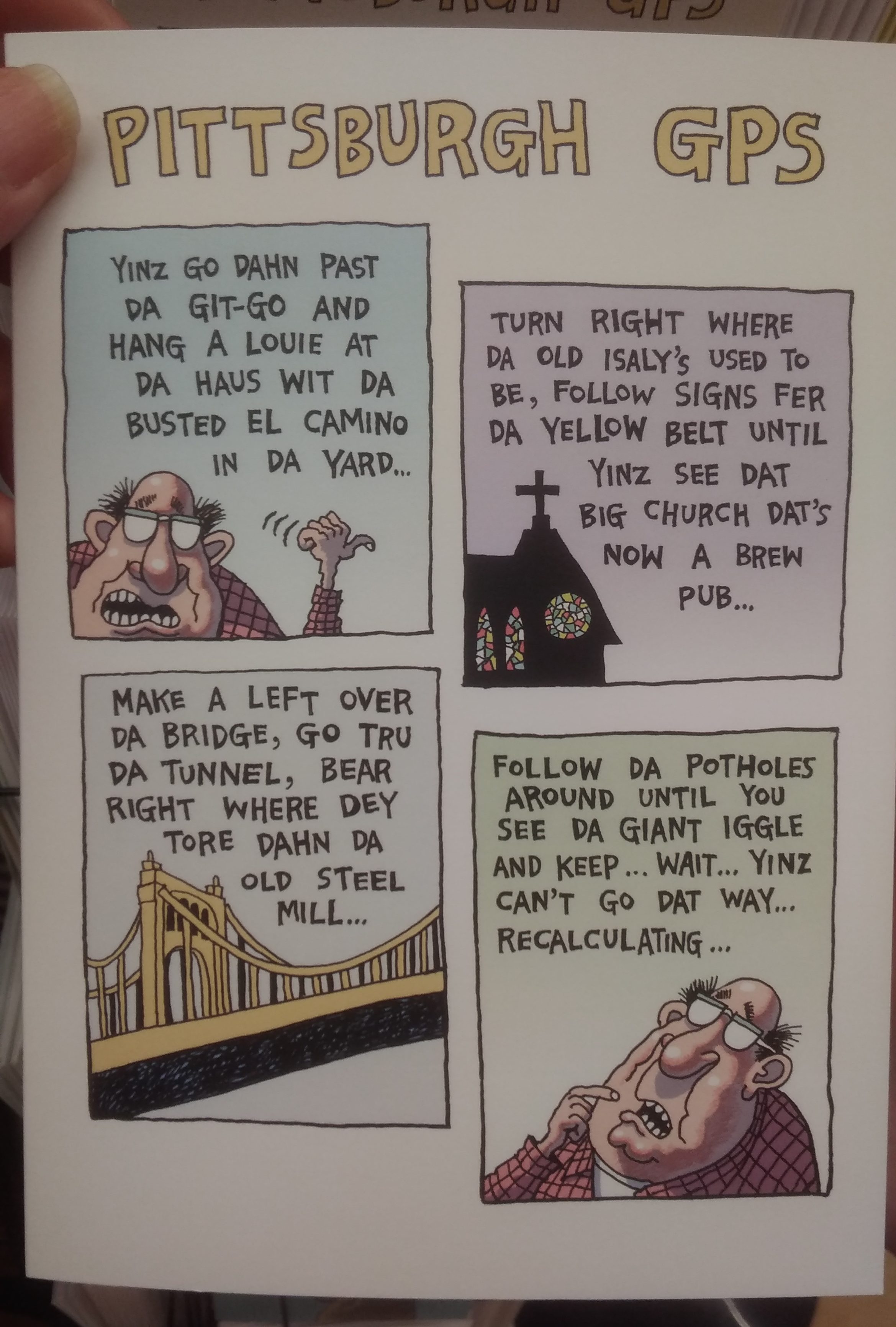 On the way to Randyland, I stopped at a parking lot on the North Side to consult my map, and noticed an intriguing former church.
On the way to Randyland, I stopped at a parking lot on the North Side to consult my map, and noticed an intriguing former church.
 Until 2015, it housed the New Bohemian, an arts venue. The last time it housed a religious organization was 30 years ago. From the looks of it, nothing is going on there now.
Until 2015, it housed the New Bohemian, an arts venue. The last time it housed a religious organization was 30 years ago. From the looks of it, nothing is going on there now.
At the Cathedral of Learning of the University of Pittsburgh, the International Rooms weren’t the only interesting features. At one point we entered a classic early 20th-century academic auditorium.
 The kind of place where Indiana Jones might teach Archaeology & Derring-Do 101. Even he had to teach freshmen sometimes.
The kind of place where Indiana Jones might teach Archaeology & Derring-Do 101. Even he had to teach freshmen sometimes.
Missed Weird Al, who played Pittsburgh’s Benedum Center the evening we left town. Sold out anyway.
 I think I’d pay money to see him, once anyway. But probably not as much as the tickets are priced now, in these gouging days for top acts. The time to see Weird Al would have been ca. 1981. I’m pretty sure “Another One Rides the Bus” was the first song of his I ever heard.
I think I’d pay money to see him, once anyway. But probably not as much as the tickets are priced now, in these gouging days for top acts. The time to see Weird Al would have been ca. 1981. I’m pretty sure “Another One Rides the Bus” was the first song of his I ever heard.
We returned home on July 7 via Columbus, Ohio, and Indianapolis — only a little longer than the all-tollway route we used to get to Pittsburgh from metro Chicago. The main consideration: I was especially annoyed by the Pennsylvania Turnpike, which charged $7.90 to go 11 miles. To compare, the entire Indiana Toll Road, about 136 miles, cost $8.70. Is the Pennsylvania Turnpike paved with gold? If only. I’ll never drive that road again.
I-70 west from Washington, Pa., takes you across the northern panhandle of West Virginia, a route of about 15 miles. We stopped and I put my feet on W. Va. soil for only the second time.
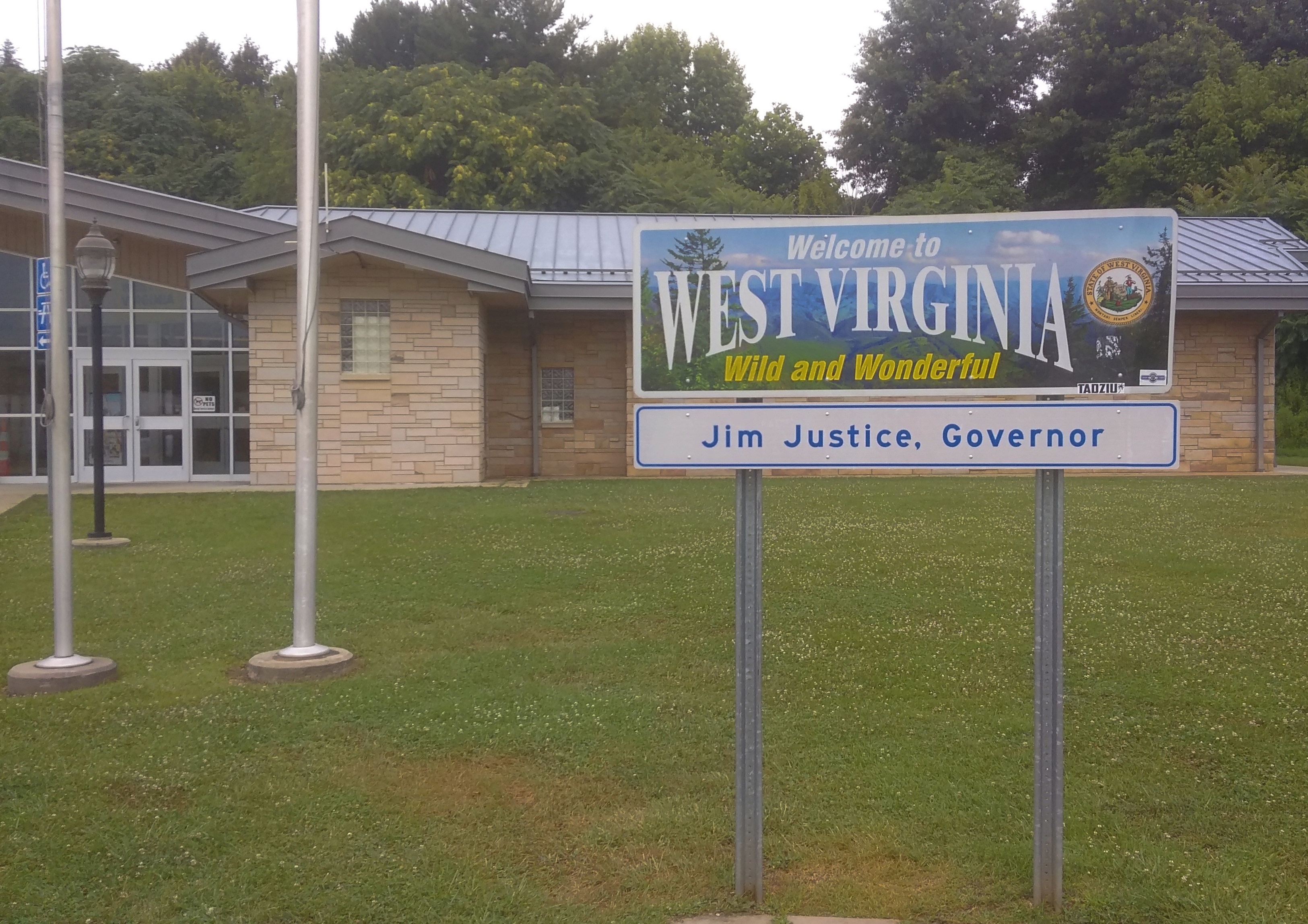
In 1988, I spent Labor Day weekend tooling around parts of Virginia — Shenandoah NP, Staunton, Monticello, etc. A meandering drive along back roads back to greater D.C. took me briefly into West Virginia. No one else was on the road, so I stopped and relieved myself. That was my total experience in W. Va. until 2019. What did we do at the West Virginia Welcome Center near Wheeling? Relieve ourselves.
 We didn’t mind, because we were taking a late afternoon stroll on Saturday at Scovill Sculpture Park. As these things go, the lake is old — almost 100 years, a project of civic improvement that also happened to be very useful for corn wet-milling. A.E. Staley, of corn products fame (see yesterday), had a major hand in the creation of the lake by damming the Sangamon River upstream in the early ’20s.
We didn’t mind, because we were taking a late afternoon stroll on Saturday at Scovill Sculpture Park. As these things go, the lake is old — almost 100 years, a project of civic improvement that also happened to be very useful for corn wet-milling. A.E. Staley, of corn products fame (see yesterday), had a major hand in the creation of the lake by damming the Sangamon River upstream in the early ’20s. “Calibration,” by Luke Achterberg.
“Calibration,” by Luke Achterberg. “Absence,” by Joseph Ovalle.
“Absence,” by Joseph Ovalle.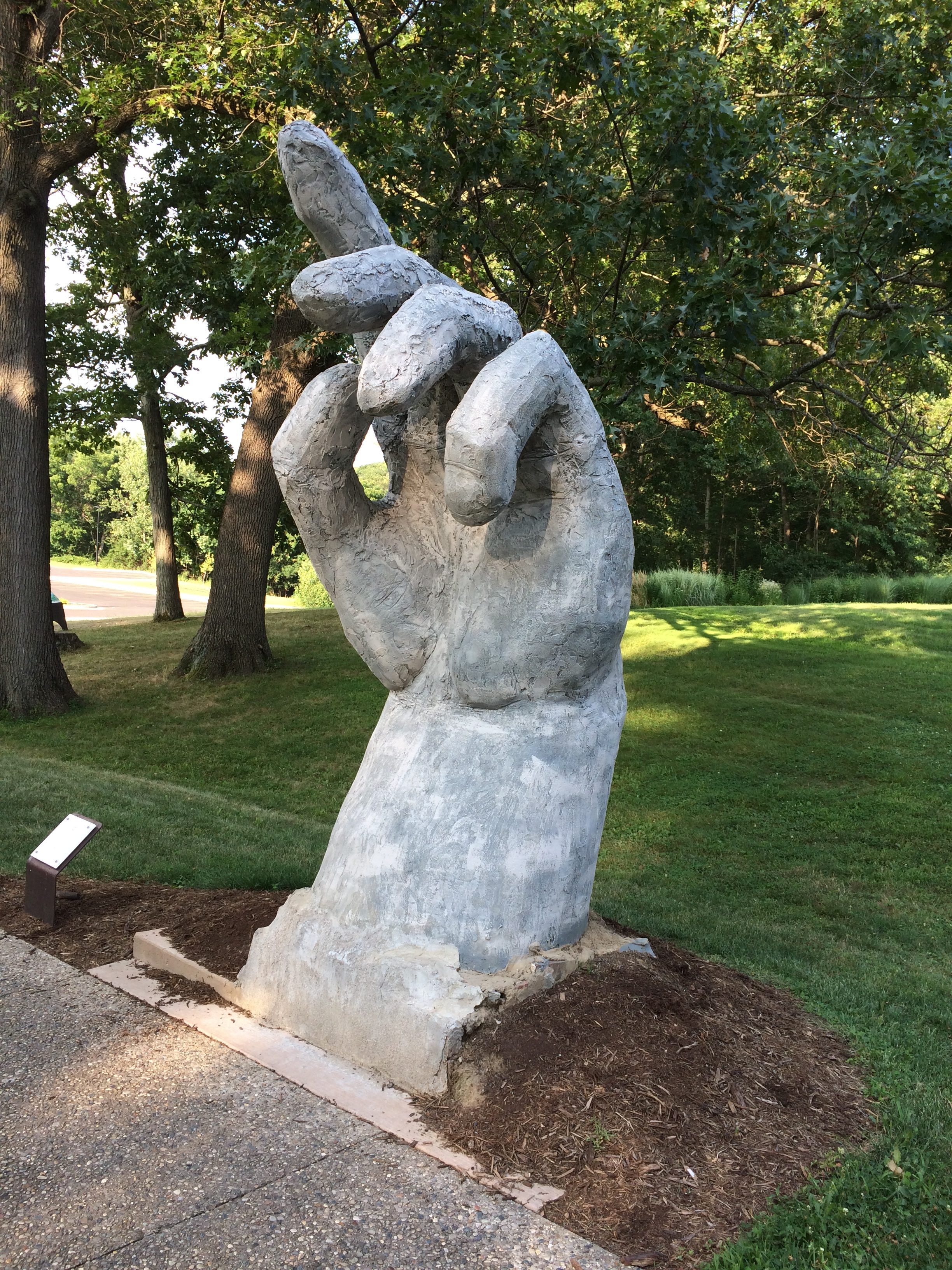 “Urban Forest,” by Richard Herzog.
“Urban Forest,” by Richard Herzog. “Rybee House 2,” by Stephen Klema.
“Rybee House 2,” by Stephen Klema.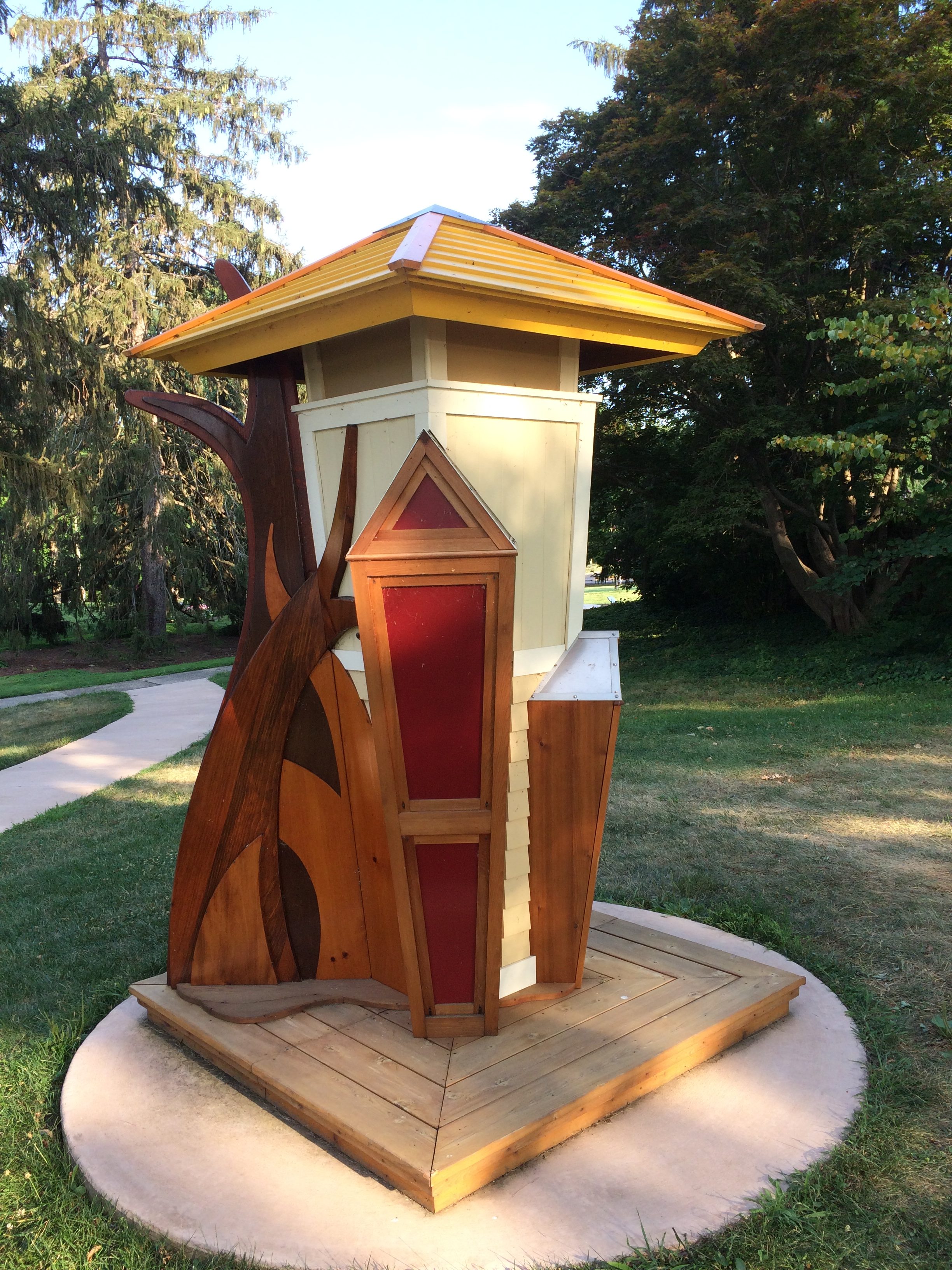 The park also includes the Scovill Oriental Garden, which has elements of Chinese and Japanese gardens.
The park also includes the Scovill Oriental Garden, which has elements of Chinese and Japanese gardens. As well it should. Here’s a book or database for someone to create someday: The Great Gazebo Gazetteer.
As well it should. Here’s a book or database for someone to create someday: The Great Gazebo Gazetteer.












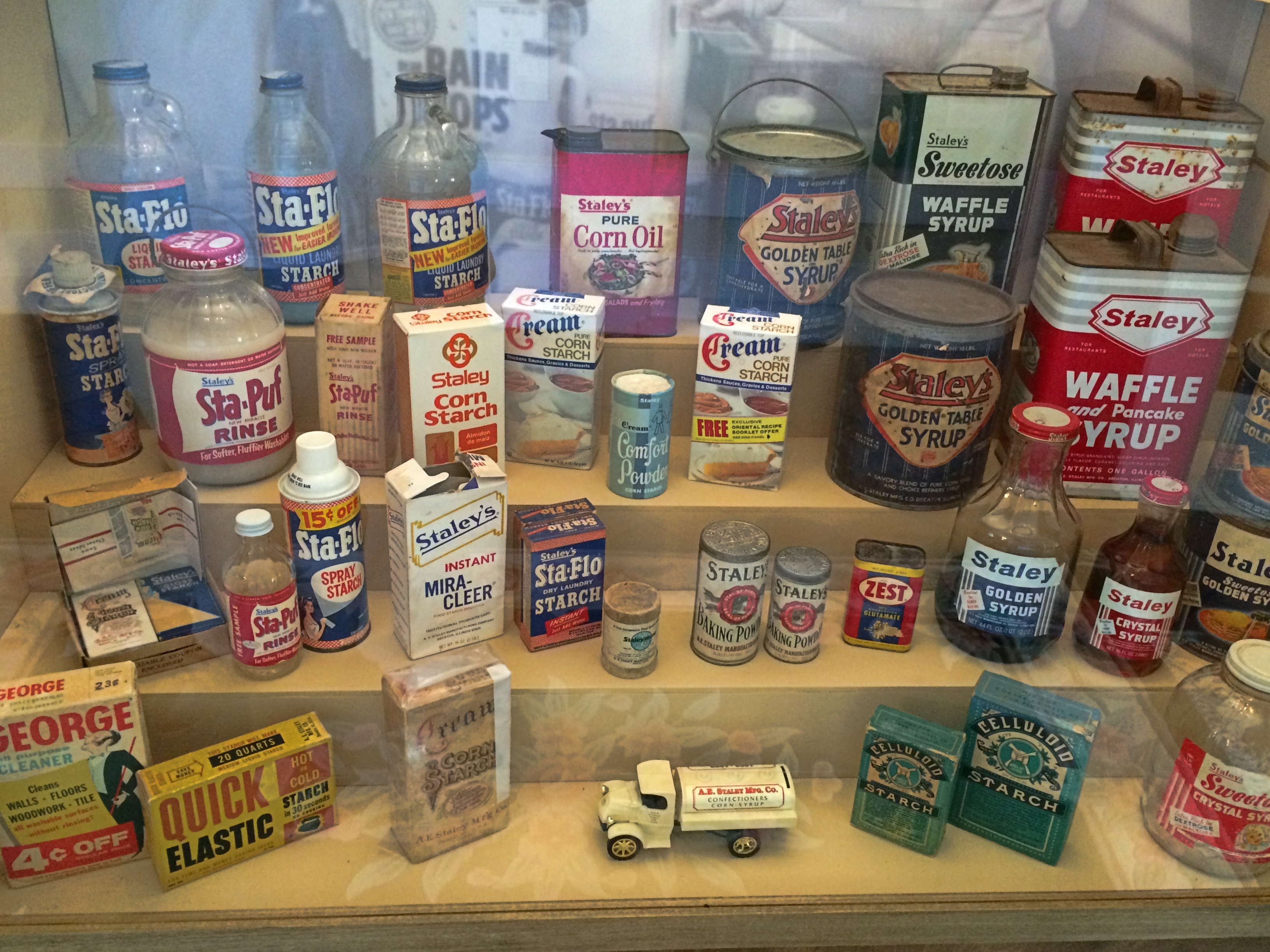













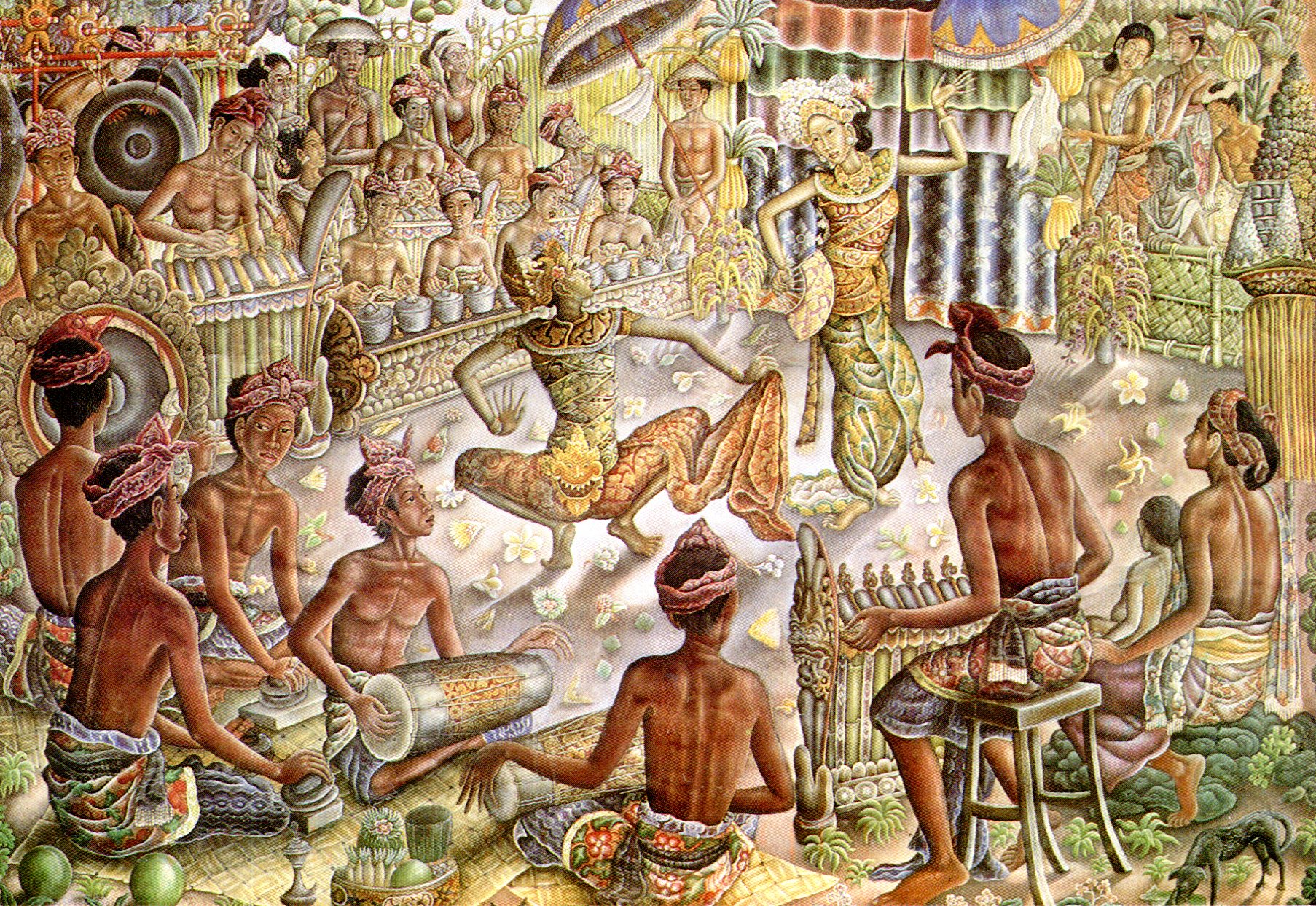 A lively, colorful work by
A lively, colorful work by  The Neka Museum in Ubud, now known as the
The Neka Museum in Ubud, now known as the 